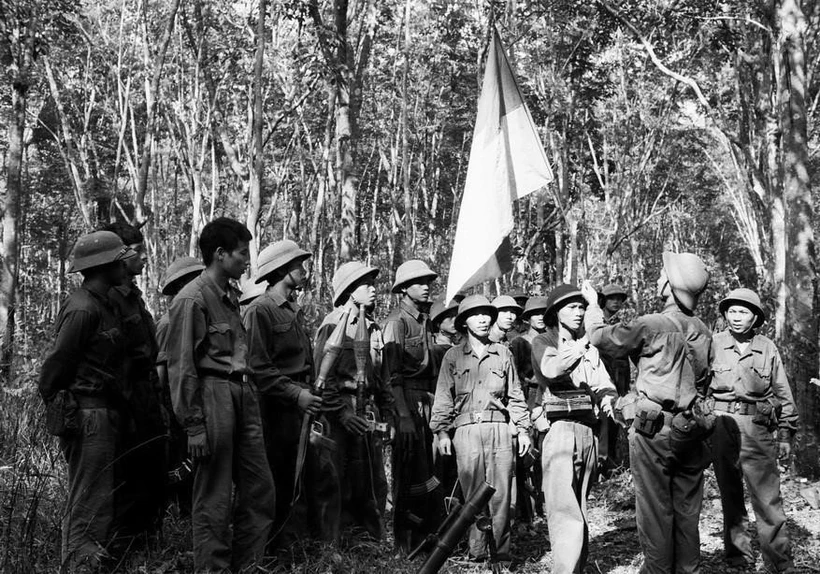
The ceremony of handing over the victory flag and seeing off the 3rd Regiment (Khe Sanh Division) before entering the campaign to liberate Saigon in Bien Hoa rubber forest (Dong Nai). (Photo: Quang Thanh/VNA)
On April 8, 1975, the Saigon-Gia Dinh Liberation Campaign Command was established, including General Van Tien Dung, Commander; Comrade Pham Hung, Political Commissar; Deputy Commanders were comrades Tran Van Tra, Le Duc Anh, Le Trong Tan, Dinh Duc Thien, Le Quang Hoa (Deputy Political Commissar and Chief of Political Affairs); Le Ngoc Hien, Acting Chief of Staff.
Comrade Nguyen Van Linh was in charge of the mass uprising. Comrade Vo Van Kiet was in charge of the post-liberation takeover. Afterwards, the Campaign Command proposed to the Politburo that the Saigon-Gia Dinh Liberation Campaign be named the Ho Chi Minh Campaign and it was approved.
On the same day, the units participating in the Saigon-Gia Dinh offensive campaign began to form a siege, dividing and closing in on Saigon. Group 232 attacked Tan An. Division 3 and Division 5 destroyed the positions of Ben Cau, Moc Bai, An Thanh, Tra Cao, and Ba Queo, opening the way for forces to move down to Zone 8. The Cuu Long Corps coordinated with the armed forces of Military Zone 7 to begin attacking Xuan Loc town.
At Xuan Loc, the enemy organized a solid defense system to protect Saigon from the east, blocking our advance to Saigon. They used the entire 18th Division, reinforced by the 3rd Cavalry Brigade, a paratrooper brigade, subordinate artillery battalions and the highest capabilities of the air force at Bien Hoa, Tan Son Nhat, and Can Tho airports, determined to "defend" Xuan Loc to the end.
Following orders from the Regional Command to coordinate operations with Xuan Loc, despite not having enough time to prepare, on April 8, Military Region 9 still ordered an attack on Tra Noc airport (Can Tho). Division 4 fought fiercely with the enemy on the Vong Cung road. Regiment 10 (under Division 4) and Battalion 2 Tay Do crossed the Vong Cung road to attack Tra Noc airport.
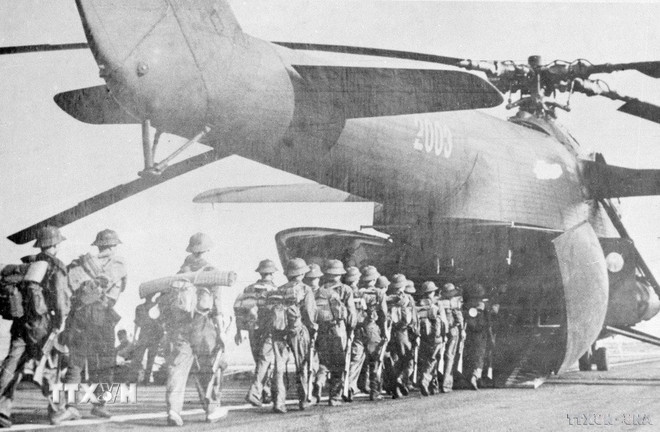
Soldiers board a transport plane to the South to participate in the Ho Chi Minh campaign to liberate Saigon (April 1975). (Photo: VNA)
At the same time, the Can Tho Special Forces and the Military Region's artillery unit attacked Tra Noc and Lo Te airports so that the 4th Division could develop and attack the airport and advance into Can Tho city.
At Long Chau Ha, on April 8, the 101st Regiment was ordered to move to Can Tho, to be part of the 4th Division as a reserve force. The two independent battalions remained to continue destroying the Phu Nhuan commune sub-sector and liberating the 10km-long Xang Mop Van canal.
At 8:30 a.m. on April 8, pilot Nguyen Thanh Trung received orders to fly an F5E to bomb the Independence Palace, then landed safely at Phuoc Long airport.
On the same day, the Regional Command organized special forces to participate in the Saigon-Gia Dinh Liberation Campaign. Special Forces Group 27 and Saigon Special Forces Brigade 316 were unified and organized into wings in the directions surrounding Saigon, each wing had a general command consisting of mobile main force special forces, special forces, and officers of the Saigon-Gia Dinh Regional Command.
Special forces coordinated with main force corps to begin attacks to break through the outer defense line. Special units attacked enemy bases, posts, and military sub-regions, contributing to the preparation for the Saigon-Gia Dinh Liberation Campaign.
On April 8, the 116th Special Forces Regiment captured the Nuoc Trong Armored Officer School, used firepower to bombard the Loi Ho and Yen The commando camps, and the Long Binh base. At the same time, the 113th Regiment attacked and destroyed the Binh Y bomb depot, and used DKB and mortars to bombard Bien Hoa airport.
Carrying out the mission of transporting troops and ammunition to the South, on April 8, the third formation of 100 vehicles of the 11th and 13th Automobile Regiments under the Truong Son - Road 559 Command moved with the 367th Air Defense Division with fuel, oil, ammunition and all technical weapons of the 1st Corps, heading straight from Vinh Chap to Dong Xoai./.
Vietnamplus.vn
Source: https://www.vietnamplus.vn/50-nam-thong-nhat-dat-nuoc-ngay-841975-may-bay-ta-nem-bom-dinh-doc-lap-post1025335.vnp


![[Photo] Ho Chi Minh City residents "stay up all night" waiting for the April 30th celebration](https://vphoto.vietnam.vn/thumb/1200x675/vietnam/resource/IMAGE/2025/4/30/560e44ae9dad47669cbc4415766deccf)
![[Photo] General Secretary attends special art program "Spring of Unification"](https://vphoto.vietnam.vn/thumb/1200x675/vietnam/resource/IMAGE/2025/4/29/e90c8902ae5c4958b79e26b20700a980)
![[Photo] Hanoi is brightly decorated to celebrate the 50th anniversary of National Reunification Day](https://vphoto.vietnam.vn/thumb/1200x675/vietnam/resource/IMAGE/2025/4/29/ad75eff9e4e14ac2af4e6636843a6b53)
![[Photo] Nghe An: Bustling atmosphere celebrating the 50th anniversary of Southern Liberation and National Reunification Day](https://vphoto.vietnam.vn/thumb/1200x675/vietnam/resource/IMAGE/2025/4/29/64f2981da7bb4b0eb1940aa64034e6a7)
![[Photo] Ho Chi Minh City: People are willing to stay up all night to watch the parade](https://vphoto.vietnam.vn/thumb/1200x675/vietnam/resource/IMAGE/2025/4/29/cf71fdfd4d814022ac35377a7f34dfd1)
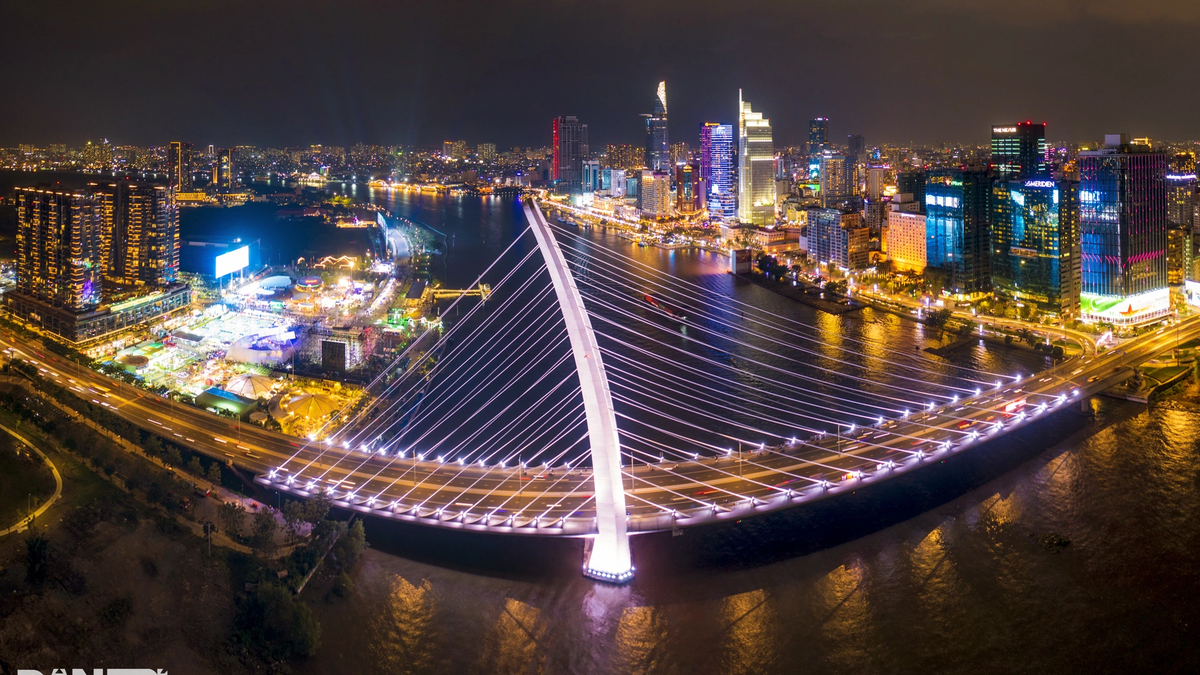
![[UPDATE] HCMC center before the April 30 parade: 'Only 9 hours left, will sleep sitting on the sidewalk'](https://vphoto.vietnam.vn/thumb/402x226/vietnam/resource/IMAGE/2025/4/29/0ff4e37fa63944889296bf9b9343939d)

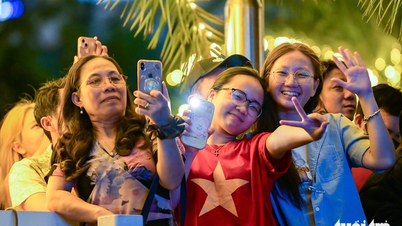



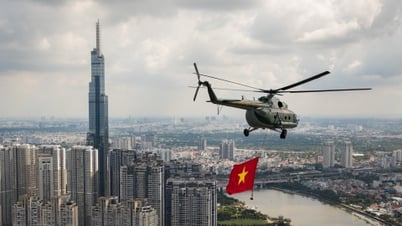




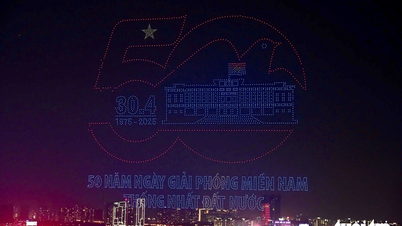
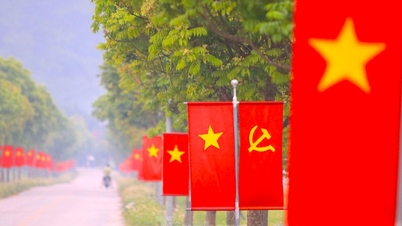
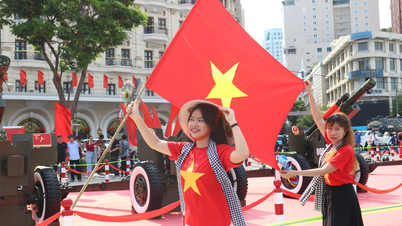

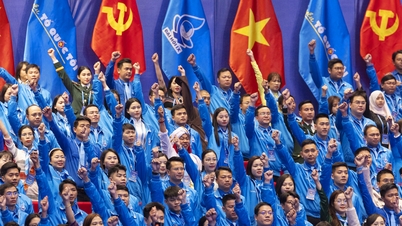










![[Photo] Prime Minister Pham Minh Chinh meets to prepare for negotiations with the United States](https://vphoto.vietnam.vn/thumb/1200x675/vietnam/resource/IMAGE/2025/4/29/76e3106b9a114f37a2905bc41df55f48)
















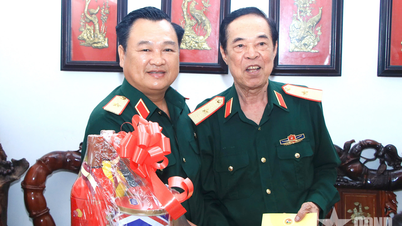














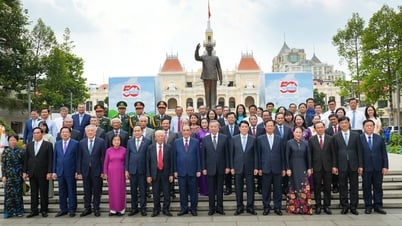













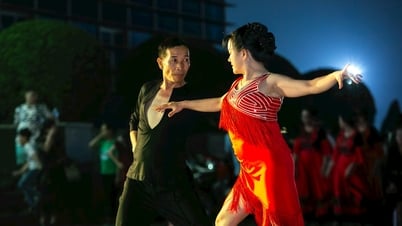



















Comment (0)